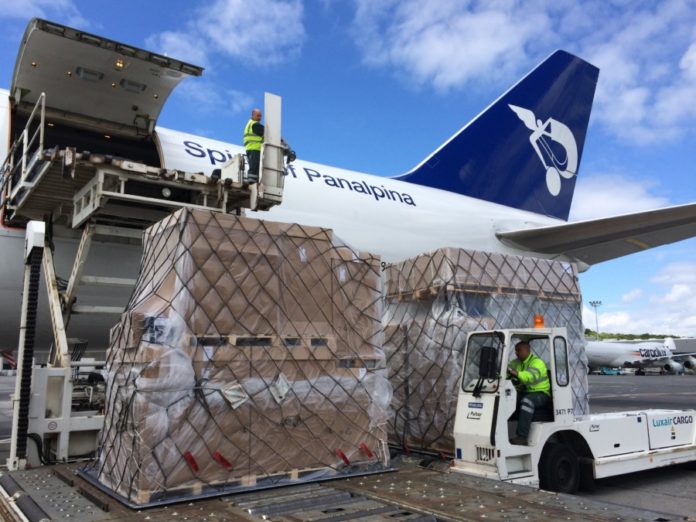

Panalpina forecasts the Far East peak season will start earlier this year and be even stronger than 2016, while it also expects to see general airfreight rates go up for secured capacity.
The freight forwarder also says although the summer period is usually calmer for airfreight, 2017 has been an exception and the strong market will most likely continue for the rest of the year, further widening the gap between capacity demand and supply.
As for transatlantic trade, Panalpina says airfreight belly capacity might be high for now, but this is being driven by the summer season and predicts airlines will phase out the extra passenger flights – and capacity – for the winter season.
Panalpina regional head of airfreight in Europe, Marc van Dommele says: “The challenges are manifold, but we have set the right priorities and taken action to secure extra capacities to meet the growing demand.
“We are well-prepared for the peak season and determined to meet customer expectations with the support of our charter network, where we can add scheduled charter flights using flexible freighter capacity.”
Panalpina says it has geared up its charter network to deal with short-term demand spikes. Additionally, it simplifies ground handling at all transit points by handing pre-built units (ULDs) to airlines at the company’s own gateways.
The forwarder explains it relies on good quality forecasts from customers about the volumes they expect to ship in the coming weeks and months.
Global head of airfreight, Lucas Kuehner adds: “Overall market rates remain high in comparison to 2016 and show no signs of dropping. The closer we get to peak season, the more airlines will increase rates for secured capacity. And when this happens, we will have to pass these price increases on to shippers.”
Panalpina says according to Seabury, demand growth in airfreight across all industries continues to outpace capacity growth in 2017, in Europe in particular, thus creating a market imbalance.
Europe has contributed significantly to global growth in the last 12 months. Many Europe-related key trade lanes have seen double-digit growth rates, in one case as high as 28 per cent.
The forwarder notes the Hanjin Shipping bankruptcy and cyber attack on Maersk, which affected port terminals and customs offices, ocean freight capacities have been reduced, resulting in mode switches from sea to air.
On the supply side, it says airlines have continuously rationalised their freighter capacities over the past years by grounding freighters or re-routing them to benefit from the animated ad-hoc market; in an attempt to increase load factors and yields.
And higher rate levels for cargo flying from China to the US, Panalpina says have meant this freight is increasingly flown the other direction via Europe – further restricting Europe-inbound and outbound airfreight capacity, while new stricter EU regulations for truck drivers have led to a shortage in certain parts of Europe, limiting airfreight export options via different European airports.










